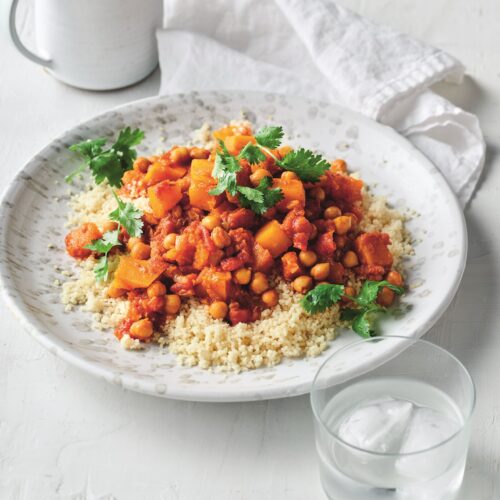
Give your body better protection by using these 10 easy science-backed tips to boost your antioxidant intake with every meal
1. Leave the skin on fruit and veg whenever you can. An apple will give you around 30 per cent more antioxidants with the skin on
2. Sprinkle cinnamon on your favourite cereal or porridge – this spice has one of the highest known levels of antioxidants
3. Add crunch to salads by adding a tablespoon of unsalted nuts or seeds – they’re an excellent source of antioxidants, especially vitamin E
4. Spice up meat dishes, soups and marinades with chilli powder – it’s another concentrated source of antioxidants
5. Liven up traditional spuds by mashing with carrots or sweet potato for a side that’s packed with beta-carotene
6. Opt for red wine over white wine – red grapes contain more anthocyanins than green ones. But remember, excess alcohol can increase the amount of free radicals that whiz around your body, so moderation is the key
7. Making your own coleslaw? Then use red cabbage rather than white to boost anthocyanins and add plenty of onions for quercetin and carrots for beta-carotene
8. Have a serving of green veg every day – they’ll pack in a range of antioxidants, including beta-carotene, vitamin C, lutein and zeaxanthin
9. Enjoy a small glass of orange juice with your breakfast – it’s a good source of vitamin C. Or top your cereal with sliced strawberries or kiwi fruit instead
10. Swap creamy sauces for tomato-based ones made with canned tomatoes and a dollop of tomato purée – lycopene is actually more concentrated in cooked and processed tomatoes.
Quick guide to antioxidants
Antioxidants are natural substances. Some of are made in our body while others are found in food. One of their key roles is to help combat the effects of potentially harmful molecules called free radicals.
These free radicals are created naturally as by-products of normal metabolism and when our cells react with oxygen as we breathe. The problem is, these free radicals are unstable and so they start attacking the cells closest to them in an effort to become stable again. This has the potential to cause damage to proteins, membranes and genes in otherwise healthy cells.
Free radicals have been linked to the development of at least 50 diseases, including cancer, heart disease, stroke, arthritis, kidney disease, Alzheimer’s disease, cataracts, inflammatory bowel disease, pancreatitis and skin damage.
Fighting those free radicals
Our bodies get help in the form of antioxidants, which ‘mop up’ these free radicals. Quite simply, the more antioxidants we have, the more potential we have to fight harmful free radicals. But as we get older, it’s vitally important to boost our intakes through what we eat. Our body’s ability to produce antioxidants starts to diminish from our 20s onwards, giving free radicals a greater chance to cause damage.
Where are antioxidants found?
Some of the most common antioxidants are vitamins C and E, beta-carotene (found in carrots, for example), lutein and zeaxanthin (found in green veg), anthocyanins (in fruits such as blueberries) and quercetin (in apples and citrus fruits).
For more ways to boost your nutrition you may also be interested in:
www.healthyfood.com










